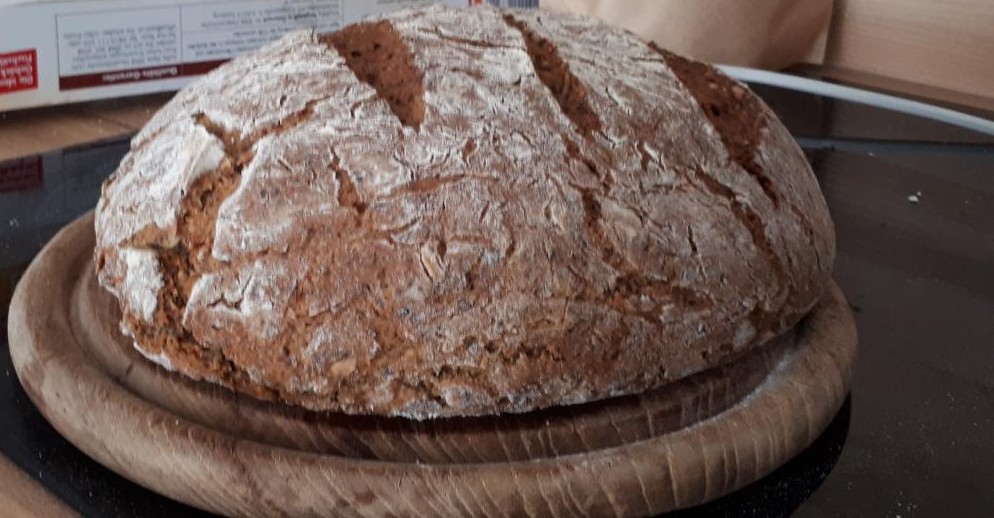

Born to Squint, Forced to See ⚜️




Proving that even in 2025 Oregonians still cant get over miscegenation /s


Well you see, she was making the stew with coca cola before and just couldnt figure out why it wasnt quite right /s
No joke though, a little citrus soda is actually great in a chicken marinade. I tried it out of desperation once because I had no actual citrus (best chicken marinade base is always good oil+citrus) and boy is it fantastic. Especially with a little soy sauce as well


“Honey, do they have eye of newt at Whole Foods? I guess we’ll have to go to trader joes”


“Guy Edward Bartkus? Thats a devil name”


Whats hilarious about this is that senior commanders would be more likely to have “girls” names considering names tend to flip back and forth gender-wise. Any young Lindsay you meet today will likely be a girl, meanwhile you have old dudes like Lindsay Graham in the senate
Leslie is another one


Ontological fun for the whole family
Mfs out here really making weekly beans


That title seems like the epitome of a false dichotomy


Apparently biodiesel can be made from algae, which could actually work well. Mass farm algae, which can absorb a lot of co2, use some of it to make biodiesel, but overall grow way more algae. Either way though it has a lot of input options of things that are mostly waste as it stands now
I think one of the major benefits is not shipping raw oil and finished fuel all over the world. This is something sustainable, but more importantly domestically viable. Just not shipping oil all the way here from the middle east or Venezuela or wherever is an improvement.
Plus, in a dark side type way, we can sell our own domestic petroleum products to other countries a la Norway
At this point we really just need some stop gaps to get us to a point where some renewable has a more major breakthrough. Be it fusion or solar panel efficiency or geothermal or battery tech or whatever have you


Didnt millions more people die than necessary in the US thanks to covid? Seems like were working equally as hard here


In terms of biology, the reason for this head bobbing behavior is because of how owl eyes have adapted to being nocturnal predators. Owls have amazing night vision, which comes from having an incredible number of rod receptors in their eyes. Rod receptors are extremely sensitive to low light environments. These are peripheral vision receptors that enable a wide angle of alertness for even the slightest movements, which is great for spotting tiny mammals as they graze along the tall grass in open fields.
The downside is these rods are basically color-blind and require lots of space in the eye for the high numbers required to work in near complete darkness. In order to fit the most rod receptors possible in their eyes, owls lose the ability to move their eyes in the sockets. The extra space enables them to fit more rod receptors, but it removes their ability to manually focus their eyes.
This means owls need a specialized strategy to help them judge distance that replaces movement of the eye with movement of the entire head.
One of the fascinating things about this is humans have this capability too, but most people never learn how to develop it. Humans typically judge distance with our cone receptors by adjusting the focus of our eyes along an axis of visual depth.
You can feel this subtle adjustment in your eyes by focusing your gaze on something far away, then move the focal point to something much closer and feel what happens to your eyes. If you’re attentive, you will feel a slight micro-movement of your eyes as they adjust.
This type of cone-based depth adjustment is something that owls cannot do so they compensate by moving their heads to generate the motion parallax effect (rod based depth perception)


Me too :(


Hacking the US government is like the Chinese finger traps of hacking. Its easy enough to get in, but probably quite a mess when you go to get out. At least if they catch you anyways


If it makes you feel any better, the person who wrote that tweet probably works from home and makes six figures to shitpost while regular Popeyes employees get ground to the bone for $17 an hour or less


I cant either and I wrote it. Its both satirical and also a highly plausible explanation. Although we all know the one set of translators they wouldnt fire are the Russian ones


The confederacy are the most widely celebrated giant losers of all time, and it isn’t even close.
There are more monuments commemorating their failure than there are commemorating most successes


deleted by creator


Youd think if they were really experts they could have thought that up a year ago


The administration finds itself reeling after firing all of our translators due to “foreign language being woke globalist DEI marxism, speak english”